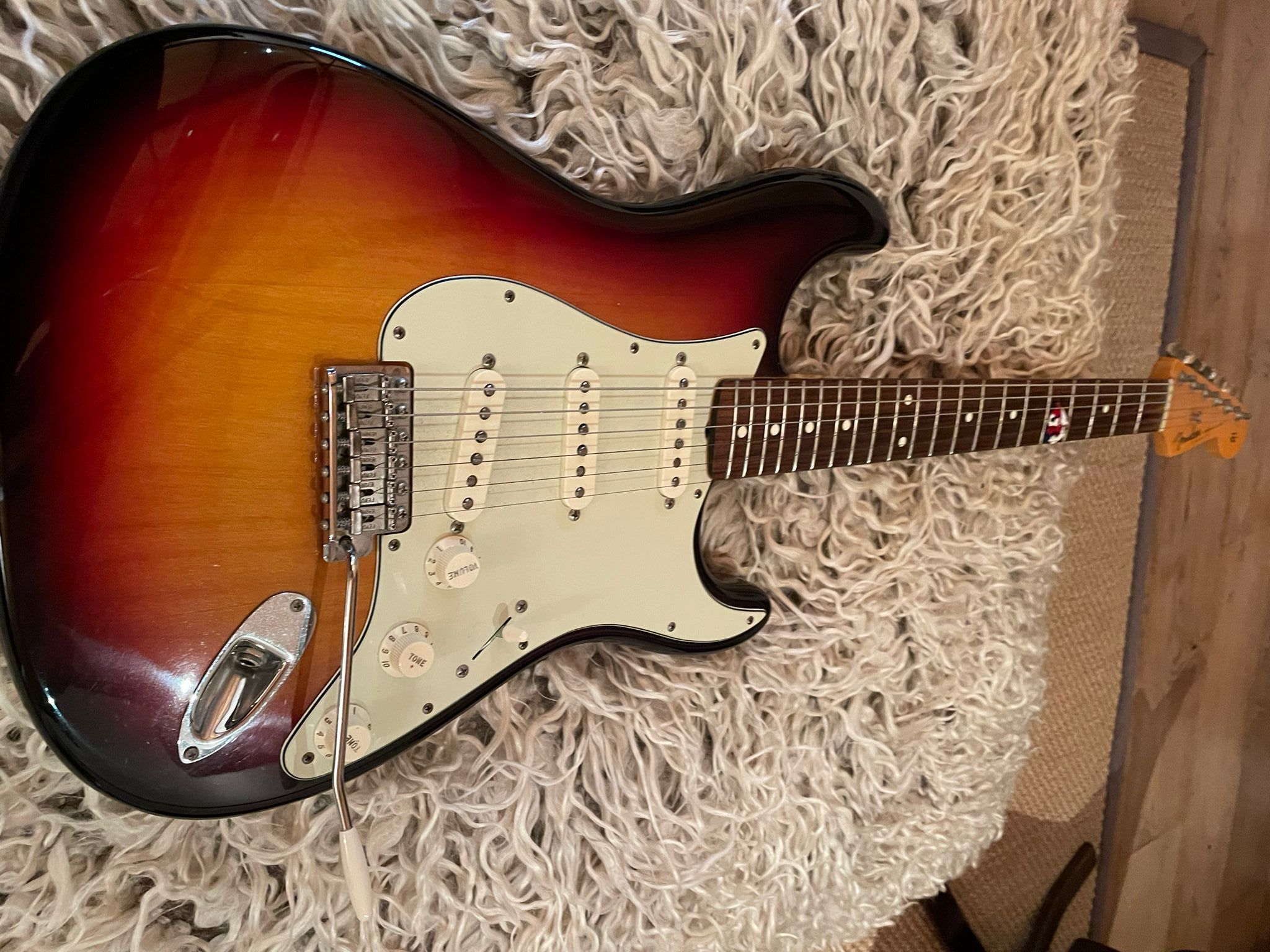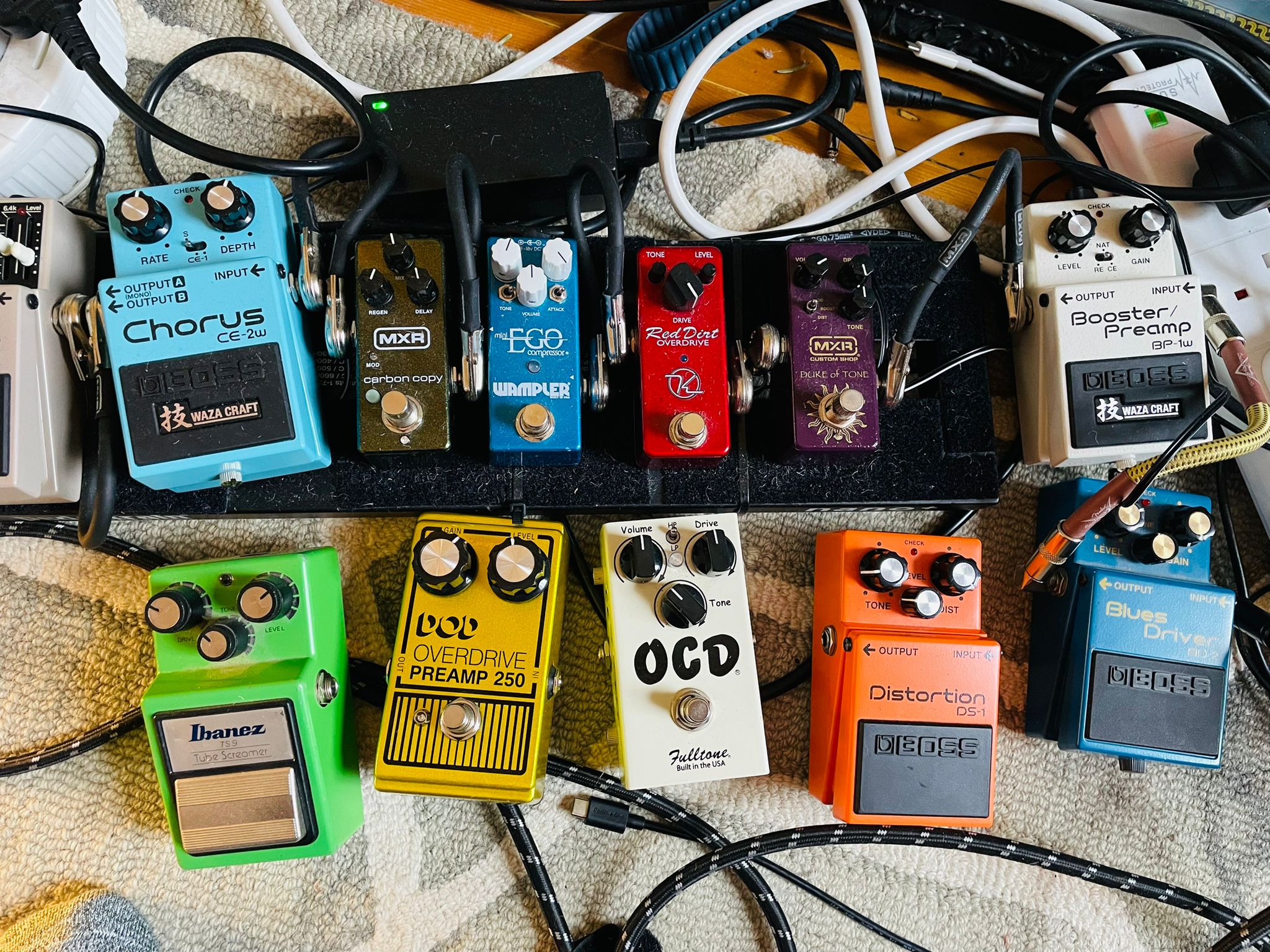
Andy Summers
Rediscovering Andy Summers Iconic Guitar Riffs: Beyond the Electric Mistress
In the pantheon of rock history, Andy Summers stands tall as one of the most influential guitarists of his generation. His distinctive style, characterized by intricate chord voicings, tasteful arpeggios, and innovative textural effects, helped define the sound of The Police, one of the most iconic bands of the late 1970s and early 1980s. While Summers is often associated with the lush, watery shimmer of the Electro-Harmonix Electric Mistress flanger, a closer examination of his work reveals a multifaceted approach to tone and technique that goes beyond any single effect pedal.
Summers’ early years with The Police saw him experimenting with a variety of gear and techniques in search of his signature sound. While it’s true that he would later incorporate the Boss CE-2 chorus pedal into his setup, it’s perhaps surprising that his most iconic tones were not actually achieved with the Electric Mistress flanger. Instead, Summers’ brilliance as a guitarist lies in his ability to coax an astonishing array of sounds from his instrument using a combination of skillful playing and judicious use of effects.
Exploring Andy Summers’ Greatest Riffs:
- “Roxanne” – The opening riff of “Roxanne” is instantly recognizable, with its infectious reggae-inflected groove and shimmering chords. While Summers did indeed utilize the Electric Mistress on some recordings with The Police, it’s worth noting that the distinctive tone of “Roxanne” owes as much to his deft fingerpicking technique and rhythmic precision as it does to any particular effect pedal.
- “Message in a Bottle” – Another classic Police track, “Message in a Bottle” showcases Summers’ ability to blend melody and rhythm in a way that is both catchy and sophisticated. The song’s memorable riff, played on a Fender Telecaster, is a masterclass in dynamics and phrasing, with Summers’ judicious use of palm muting and staccato accents adding to its impact.
- “Every Breath You Take” – While “Every Breath You Take” is often remembered for its haunting melody and evocative lyrics, Summers’ guitar playing is equally deserving of praise. The song’s iconic arpeggiated riff, played on a Roland JC-120 amplifier, is a testament to his impeccable timing and keen sense of melody. And while the Electric Mistress may have made an appearance on some recordings of the song, its influence on the overall tone is subtle at best.
- “Walking on the Moon” – One of The Police’s most beloved tracks, “Walking on the Moon” features a mesmerizing guitar riff that perfectly complements Sting’s ethereal vocals. Again, Summers’ choice of gear is less important here than his mastery of tone and texture, with his use of volume swells and subtle modulation lending the song an otherworldly atmosphere.
- “Don’t Stand So Close to Me” – Rounding out our list is “Don’t Stand So Close to Me,” a prime example of Summers’ ability to craft memorable guitar parts that serve the song without overshadowing it. The song’s driving riff, played on a Fender Stratocaster, is a perfect blend of aggression and restraint, with Summers’ use of dynamics and articulation adding to its sense of urgency.
Andy Summers, the legendary guitarist of The Police
crafted a guitar style that remains influential to this day. With a unique blend of textural richness, reggae-infused rhythms, jazz fusion elements, and melodic phrasing, Summers redefined the role of the guitar in popular music. His innovative chord voicings, dynamic range, and minimalist approach added depth and complexity to The Police’s sound. Whether you’re a seasoned guitarist or an aspiring musician, studying Andy Summers’ style offers valuable insights into the art of guitar playing. Explore his techniques, experiment with his signature sounds, and let his musical legacy inspire your own creativity.
While Andy Summers’ association with the Electric Mistress flanger is certainly well-deserved, it’s important to recognize that his genius as a guitarist extends far beyond any single effect pedal. From the infectious grooves of “Roxanne” to the haunting melodies of “Every Breath You Take,” Summers’ greatest riffs are a testament to his skill, creativity, and unwavering dedication to his craft. And while the gear he used undoubtedly played a role in shaping his sound, it’s ultimately his unique musical vision and unparalleled technical ability that have cemented his place as one of the all-time greats.
For guitar enthusiasts and aspiring musicians looking to capture the essence of Andy Summers’ iconic sound, understanding his guitar rig is essential. Summers’ setup played a pivotal role in shaping The Police’s distinctive sound, blending elements of rock, reggae, and jazz fusion into a cohesive sonic tapestry. Let’s delve into the key components of Andy Summers’ guitar rig:
- Guitars: Summers favored a variety of guitars throughout his career, including Fender Telecasters, Gibson Les Pauls, and various other models. His go-to instrument, however, was often a Fender Telecaster, renowned for its bright, crisp tone and versatility.
- Amplifiers: During The Police era, Summers relied on amplifiers such as the Roland JC-120 Jazz Chorus and the classic Fender Twin Reverb. These amps provided clean, transparent tones with ample headroom, allowing his intricate chord voicings and textural layers to shine through.
- Effects Pedals: Summers’ use of effects pedals was crucial in sculpting his signature sound. Some staple pedals in his rig include:
- Chorus: The Boss CE-1 Chorus Ensemble was a cornerstone of Summers’ sound, adding lush, shimmering modulation to his guitar tone.
- Delay: He frequently utilized delay pedals like the Electro-Harmonix Memory Man and TC Electronic 2290 Digital Delay to create spacious, atmospheric textures and echoing repeats.
- Reverb: Reverb pedals, such as the Lexicon PCM 41, contributed to the ethereal ambiance and sense of space in Summers’ playing.
- Overdrive/Distortion: While not as heavily distorted as some rock guitarists, Summers occasionally employed overdrive pedals like the Ibanez Tube Screamer to add grit and bite to his tone when needed.
- Volume Pedal: A volume pedal allowed Summers to control the dynamics and swells in his playing, adding expressive nuance to his performances.
- Guitar Synthesizers: In later years, Summers incorporated guitar synthesizers, such as the Roland GR-300, into his setup, expanding the sonic possibilities with polyphonic synth sounds and effects.
- Technique and Playing Style: Beyond gear, Summers’ playing style and technique were integral to his sound. His use of fingerpicking, arpeggios, and melodic phrasing, combined with a keen sense of rhythm and dynamics, contributed to the distinctive character of his playing.
By studying Andy Summers’ guitar rig and playing approach, aspiring guitarists can gain valuable insights into crafting their own unique soundscapes. Experimentation, creativity, and a deep understanding of tone are key to capturing the essence of Summers’ legendary guitar work.
Innovative Guitar Techniques: Andy summers
Andy Summers is known for his innovative approach to guitar playing incorporating a variety of techniques that have helped shape his unique style. Here’s a list of some of the innovative guitar techniques associated with Andy Summers:
- Textural Layering: Summers often employs multiple layers of guitar parts to create rich and complex textures within a song, using effects such as delay, reverb, and chorus to enhance the depth of the sound.
- Complex Chord Voicings: He frequently utilizes unconventional chord voicings, including extended and altered chords, to add harmonic complexity and richness to his playing.
- Rhythmic Syncopation: Summers incorporates rhythmic syncopation into his guitar parts, particularly drawing from reggae music influences, which adds a distinctive groove and feel to The Police’s songs.
- Arpeggiation: He employs arpeggios extensively in his playing, using them to create melodic lines and add movement to chord progressions.
- Hybrid Picking: Summers often combines picking with the use of his fingers to pluck strings, allowing for greater control and articulation in his playing.
- Tapping: While not as prominent as in some other guitarists’ styles, Summers occasionally incorporates tapping techniques to add flourishes and accents to his solos.
- Volume Swells: He utilizes volume swells, achieved by manipulating the volume knob or a volume pedal, to create dynamic, swelling sounds that add emotion and atmosphere to his playing.
- Sliding and Bending: Summers incorporates sliding and bending techniques to add expressiveness and fluidity to his guitar solos, creating a vocal-like quality in his playing.
- Unconventional Use of Effects: He explores unconventional uses of effects pedals, experimenting with different combinations and settings to create unique sounds and textures.
- Open String Resonance: Summers often utilizes open strings in his chord voicings and melodies, allowing for added resonance and sustain that contributes to the overall depth of his sound.
- Melodic Fragmentation: He employs melodic fragmentation, breaking down melodies into smaller, fragmented phrases and motifs that are then developed and expanded upon throughout a song or solo.
- Pitch Harmonics: Summers incorporates pitch harmonics, also known as artificial or pinch harmonics, to add accents and high-pitched overtones to his guitar solos and melodies.
These innovative guitar techniques are just some of the many elements that contribute to Andy Summers’ distinctive style and have helped him leave a lasting impact on the world of music.








